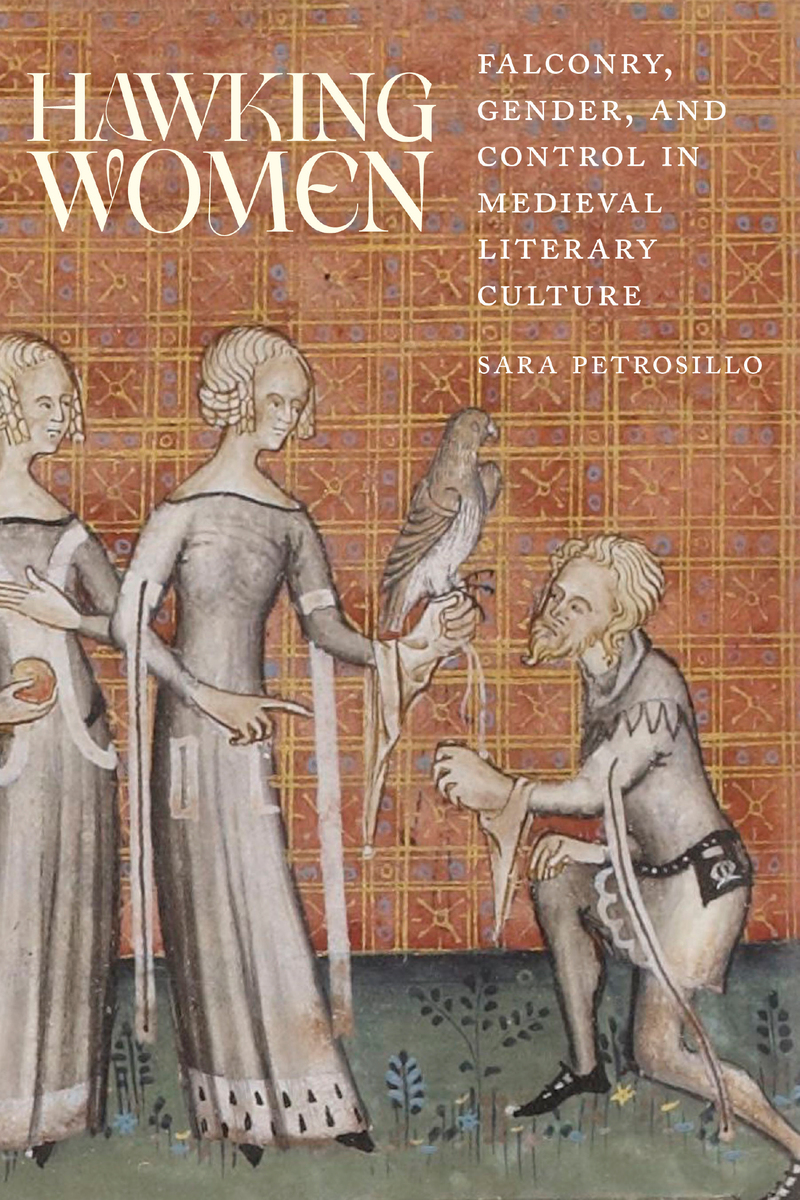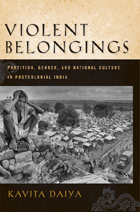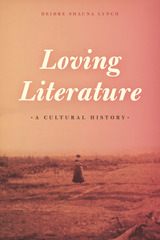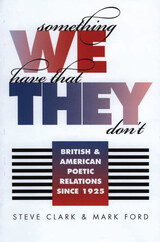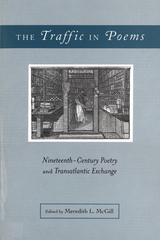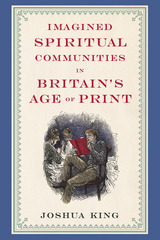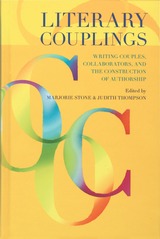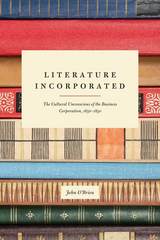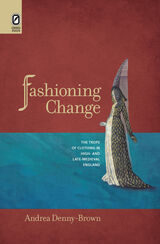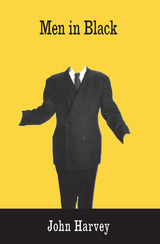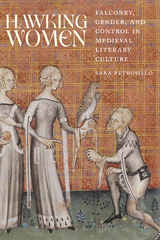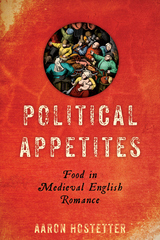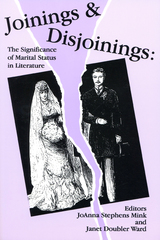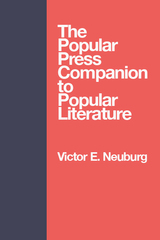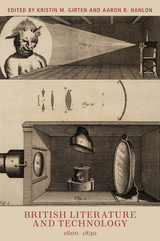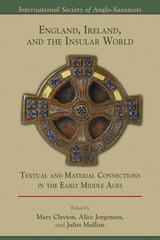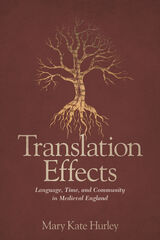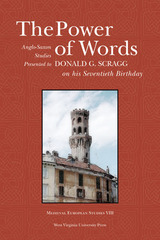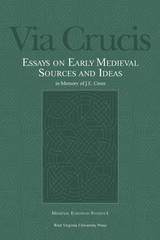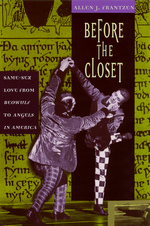Hawking Women: Falconry, Gender, and Control in Medieval Literary Culture
The Ohio State University Press, 2023
Cloth: 978-0-8142-1548-7 | eISBN: 978-0-8142-8265-6 (individual) | eISBN: 978-0-8142-8264-9 (institutional)
Library of Congress Classification PR149.F32P48 2023
Dewey Decimal Classification 821.1093579
Cloth: 978-0-8142-1548-7 | eISBN: 978-0-8142-8265-6 (individual) | eISBN: 978-0-8142-8264-9 (institutional)
Library of Congress Classification PR149.F32P48 2023
Dewey Decimal Classification 821.1093579
ABOUT THIS BOOK | AUTHOR BIOGRAPHY | REVIEWS | TOC
ABOUT THIS BOOK
While critical discourse about falconry metaphors in premodern literature is dominated by depictions of women as unruly birds in need of taming, women in the Middle Ages claimed the symbol of a hawking woman on their personal seals, trained and flew hawks, and wrote and read poetic texts featuring female falconers. Sara Petrosillo’s Hawking Women demonstrates how cultural literacy in the art of falconry mapped, for medieval readers, onto poetry and challenged patriarchal control. Examining texts written by, for, or about women, Hawking Women uncovers literary forms that arise from representations of avian and female bodies. Readings from Sir Orfeo, Chrétien de Troyes, Guillaume de Machaut, Chaucer’s Troilus and Criseyde, and hawking manuals, among others, show how female characters are paired with their hawks not to assert dominance over the animal but instead to recraft the stand-in of falcon for woman as falcon with woman. In the avian hierarchy female hawks have always been the default, the dominant, and thus these medieval interspecies models contain lessons about how women resisted a culture of training and control through a feminist poetics of the falconry practice.
See other books on: Control | Falconry | Literature, Medieval | Theory, etc | Women in literature
See other titles from The Ohio State University Press
